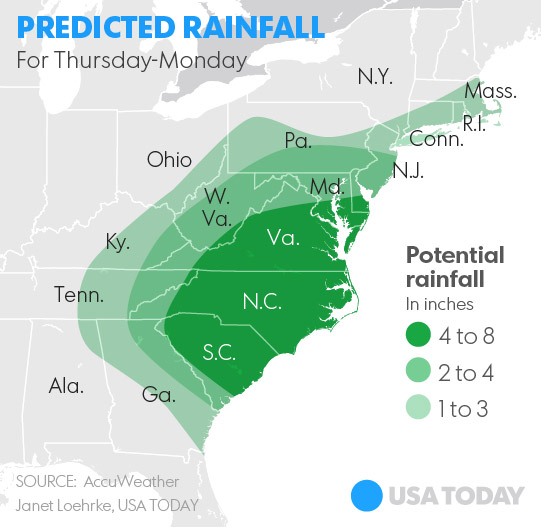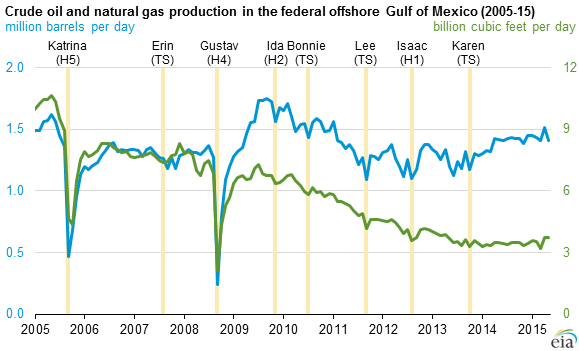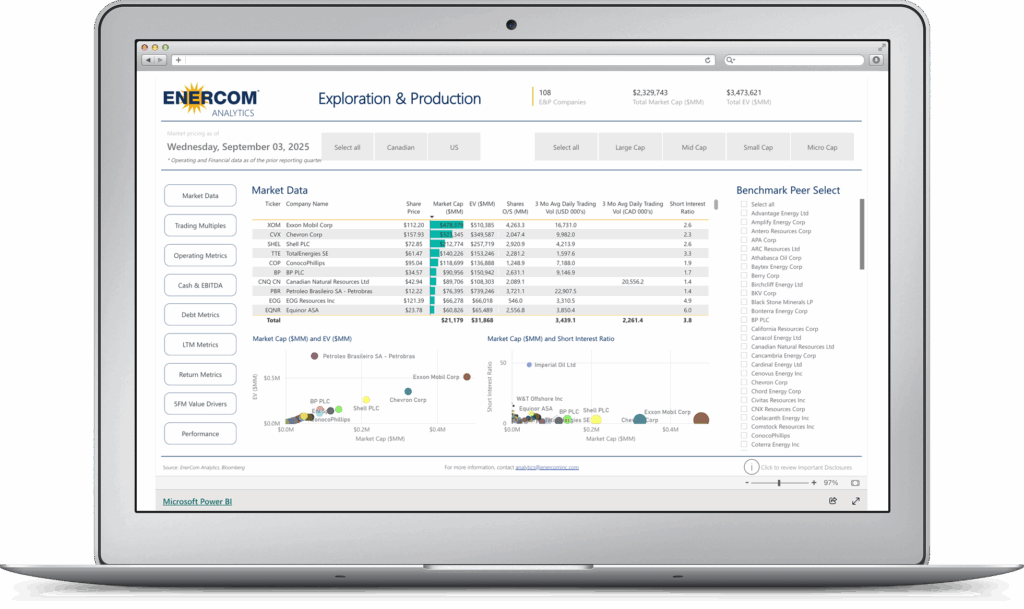Joaquin likely to be one of just a handful of storms this season
With official hurricane season two-thirds over, Americans on the east coast are on watch today as Hurricane Joaquin brushes close to the seaboard after pounding the Bahamas.
But large numbers of storms are not expected this season due to different wind and pressure patterns from El Nino. In August, The Weather Channel reported we can expect nine storms this fall, with five being hurricanes and only one being classified as a major hurricane. None of the storms have guarantees of reaching land. The season for tropical storms officially runs from June to the end of November.
 Joaquin’s status as a Category 4 qualifies it as a major hurricane but has yet to reach ground in the United States. The Caribbean islands are not as fortunate, as multiple news outlets used the term “battering” to describe Joaquin’s impact on the Bahamas. Although the United States seaboard is expected to be spared, heavy flooding is expected among Virginia and the Carolinas.
Joaquin’s status as a Category 4 qualifies it as a major hurricane but has yet to reach ground in the United States. The Caribbean islands are not as fortunate, as multiple news outlets used the term “battering” to describe Joaquin’s impact on the Bahamas. Although the United States seaboard is expected to be spared, heavy flooding is expected among Virginia and the Carolinas.
Storms Trending Downward
The expectedly mild 2015 season follows the 2014 season that featured the fewest storms since 1997. 2013 also fell below its expected severity due to an unusual amount of dry air in the Atlantic region, and no hurricanes became stronger than Category 2. “The current suppressive conditions are expected to make 2013-2015 the only 3-year period since 1992-94 in which three consecutive Atlantic hurricane seasons were not above normal,” said an August 2015 forecast issued by the National Oceanic and Atmospheric Administration.
Hurricanes and their Effect on Oil & Gas
The Energy Information Administration (EIA) believes the severity of Hurricane Joaquin, accompanied by high winds, rainfall and flooding, may hamper energy infrastructure along the east coast even if the storm does not reach land. The Administration has a real-time tracker detailing weather related disruptions, which can be accessed here. The last major storm to affect the region was Hurricane Sandy in 2012, which led to the damage of crude terminals and fuel distribution networks, and caused severe flooding and property damage in New York and New Jersey.
 United States domestic production has not been significantly affected from hurricanes since 2008, when two storms shut in production in the Gulf of Mexico and along the coast. The storms resulted in average production reductions of roughly 1.5 MMBOEPD during the hurricane season. Producers often exercise great caution and move crew and rigs ashore even if the operations are not directly in the projected path of the hurricane.
United States domestic production has not been significantly affected from hurricanes since 2008, when two storms shut in production in the Gulf of Mexico and along the coast. The storms resulted in average production reductions of roughly 1.5 MMBOEPD during the hurricane season. Producers often exercise great caution and move crew and rigs ashore even if the operations are not directly in the projected path of the hurricane.
The lessened impact to production is also a result of onshore advancement of shale production garnering a greater share of the volumes. According to the EIA, crude oil volumes from the Gulf of Mexico consisted of 16% of overall production in 2014, compared to 27% in 2003. Similarly, only 5% of natural gas production was sourced from the Gulf in 2014, down from a 1997 high of 26%. Worth mentioning: there were no volumes lost from Gulf Coast operation shut-ins in 2014.






